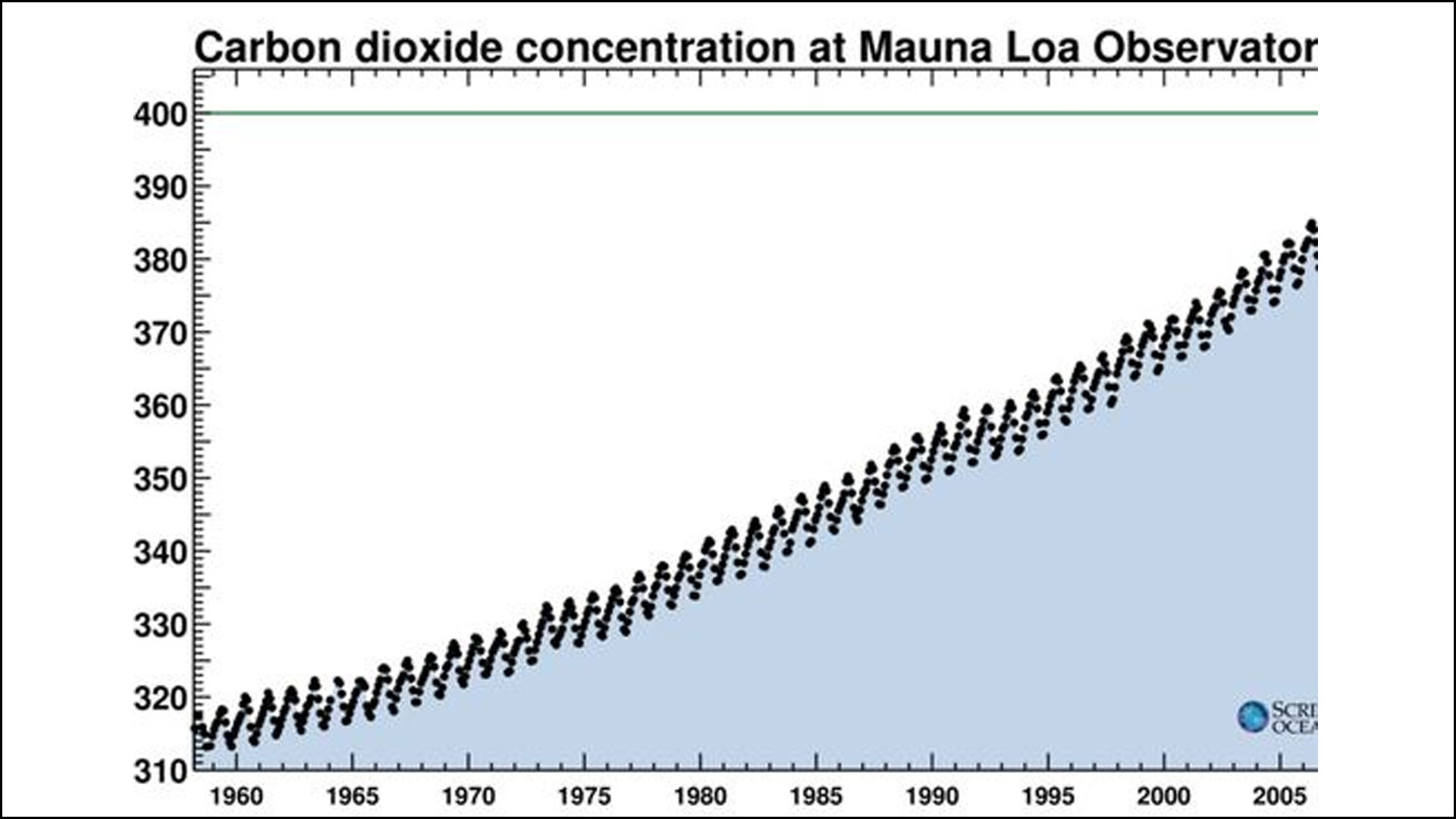(USA Today) For the first time in human history and likely for the first time in at least 800,000 years, the average level of carbon dioxide (CO2) in Earth's atmosphere topped 400 parts per million for an entire month.
Carbon dioxide is the greenhouse gas considered to be most responsible for global warming, according to the National Oceanic and Atmospheric Administration's (NOAA) Earth System Research Lab.
Scientists at the Scripps Institution of Oceanography in San Diego reported that April's average CO2 value was 401.33 parts per million (ppm). Each day in April had a reading above 400 ppm.
The "Keeling curve," overseen by Scripps, is the longest continuous record of CO2 measurements. The measurements were started in the late 1950s by Charles David Keeling on the Mauna Loa volcano on the Big Island of Hawaii.
His son, Ralph Keeling, is now the keeper of the curve at Scripps. Keeling said Thursday that the measurements at Mauna Loa are representative of the level of CO2 around the world.
Increasing amounts of CO2 and other gases caused by the burning of the oil, gas and coal that power the planet are enhancing the natural "greenhouse effect," causing the planet to warm to levels that climate scientists say can't be linked to natural forces.
Carbon dioxide levels were about 280 ppm before the Industrial Revolution, when humans first began releasing large amounts into the atmosphere by burning fossil fuels. When Keeling first began his measurements, the amount of carbon dioxide was 316 ppm.
C02 also is produced by plants. CO2 levels peak in the spring when plants come alive, then drop when the plants die in the autumn. Keeling said that the level will likely stay above 400 ppm throughout May before dropping below that figure later this summer.
He said we should stay above 400 for good, year-round, within the next few years.
For the past 800,000 years, CO2 levels never exceeded 300 ppm, according to Scripps, which measures CO2 levels along with several other agencies, including NOAA. Records of past levels of CO2 are found in samples of old air preserved as bubbles in the Antarctic ice sheet, Scripps reports.
![link farm 3/19[ID=6599523] ID=6599523](/Portals/_default/Skins/PrestoLegacy/CommonCss/images/embed.jpg)


![co2 [ID=2128474]](http://phx-assets-prod.gannett-cdn.com/-mm-/33d97f8a03d5ea06baca0f7a30eca34c8bd87643/r=500x281/local/-/media/WTSP/WTSP/2014/05/03/1399113543000-co2.jpg)
